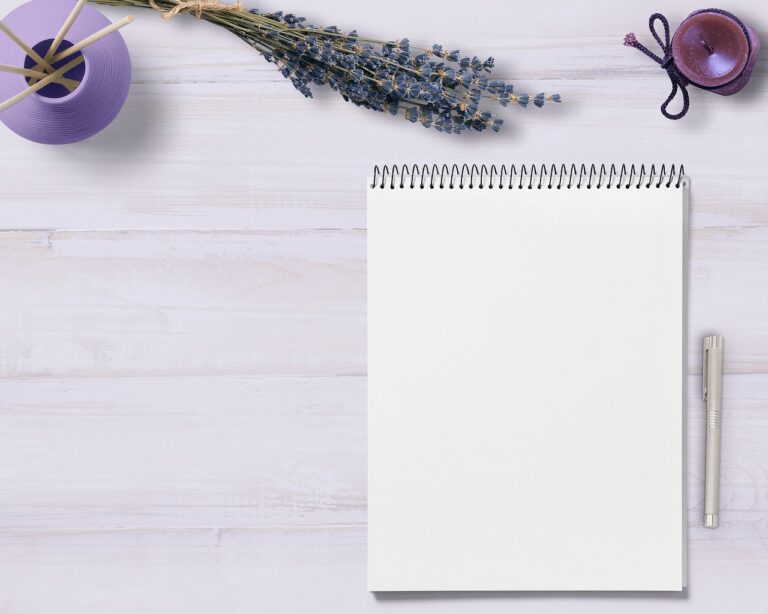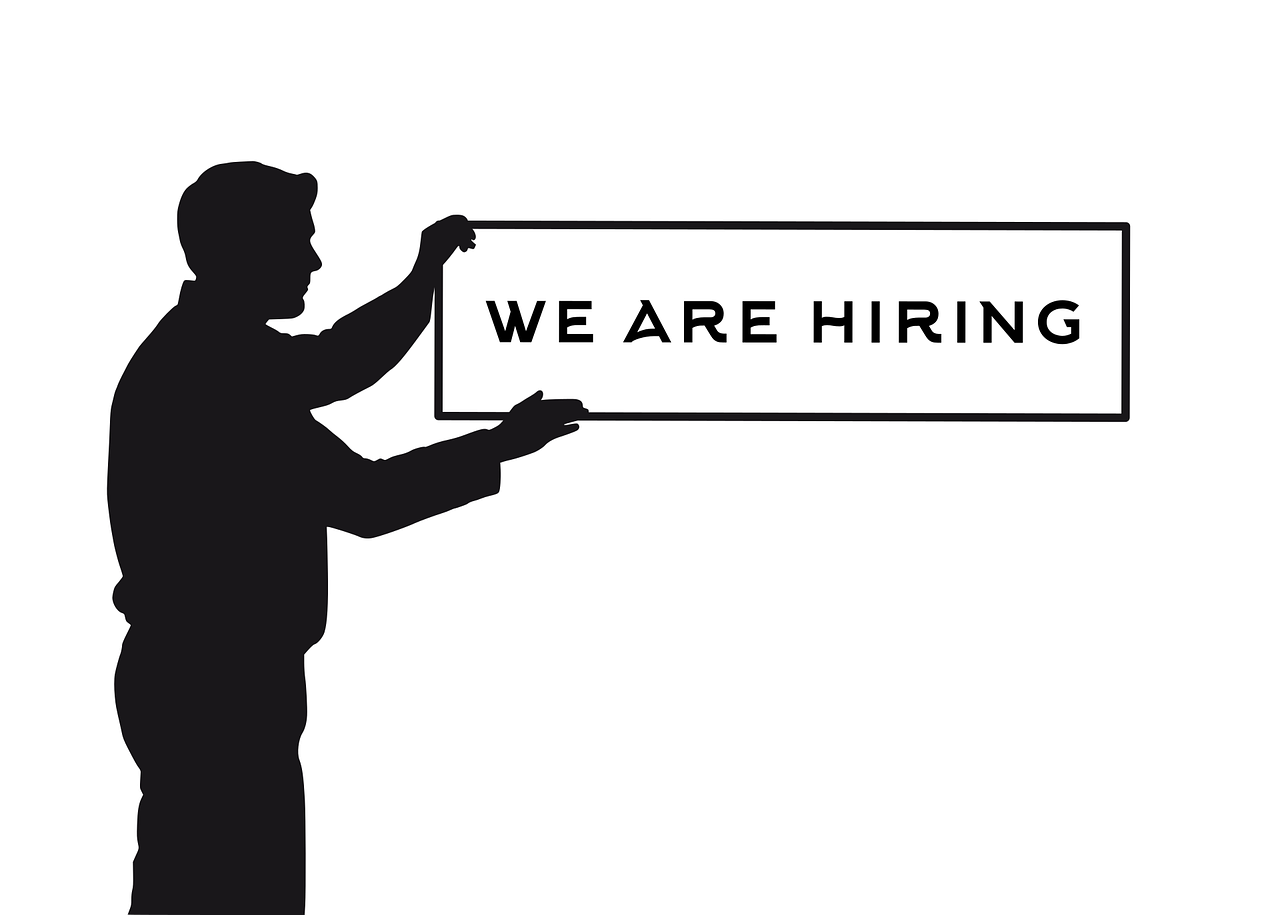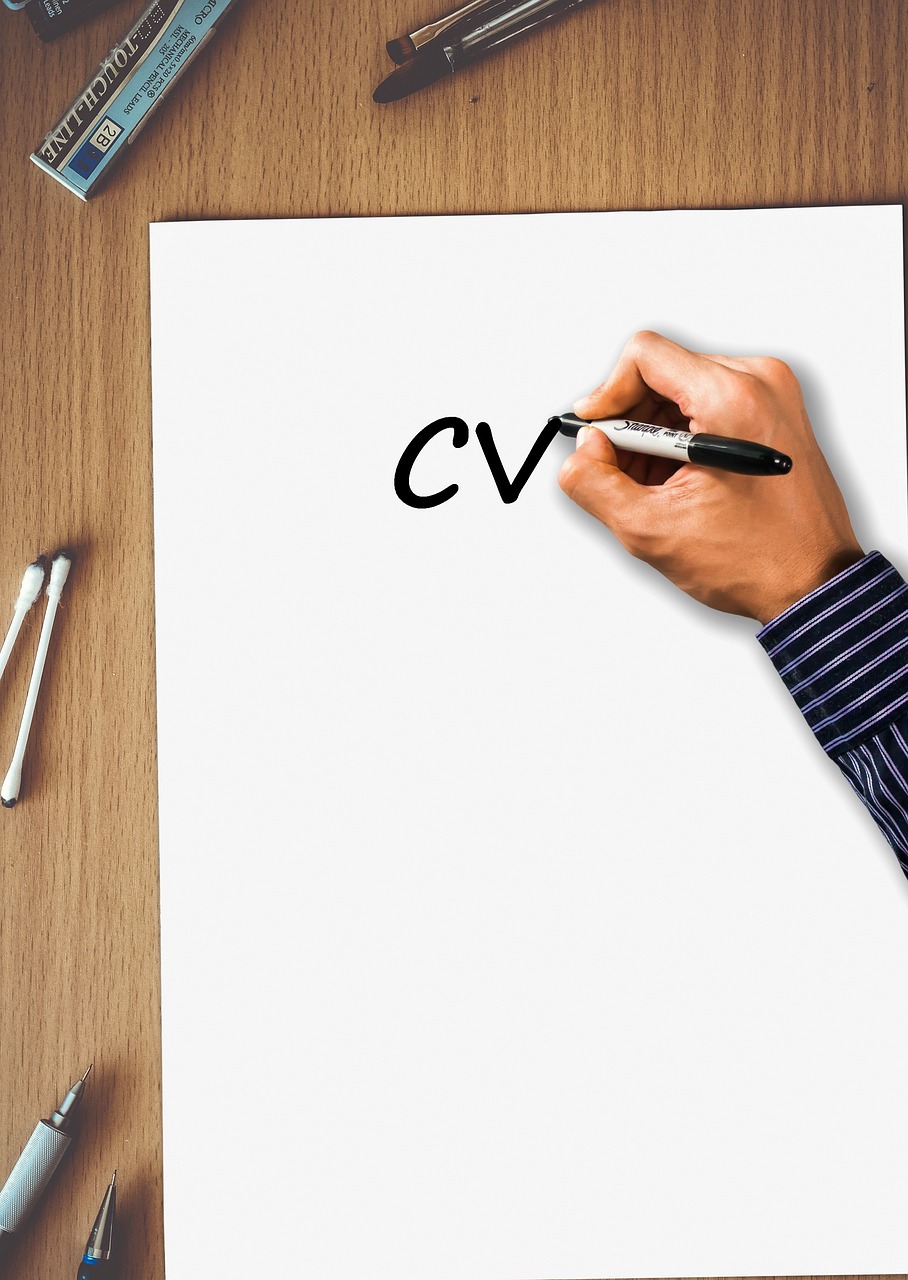When it comes to applying for a job, most people pour all their energy into perfecting their CV or résumé, but often treat the cover letter as an afterthought. Some even wonder if they still need one at all. But here’s the truth: a strong cover letter can make a huge difference. In a sea of similar qualifications and experiences, your cover letter is your opportunity to show some personality, speak directly to the hiring manager, and explain why you’re not just qualified—but the right fit.
Unlike your CV, which lists facts and achievements, the cover letter is more of a conversation starter. It’s your chance to tell a brief story: who you are, what excites you about the job, and how your background connects with the company’s mission or needs. It’s also a chance to demonstrate communication skills—something employers in every industry care deeply about. And in a competitive job market, even small touches of professionalism, enthusiasm, and clarity can go a long way.
That said, writing a cover letter can feel intimidating. You might ask yourself, “What exactly should I say?” or “How do I talk about myself without sounding arrogant—or worse, boring?” It’s a delicate balance, but the good news is that there’s a structure to follow, and with the right tips, anyone can learn to write a compelling, customized letter that feels honest and impactful.
In this guide, we’ll walk through practical, people-friendly tips for crafting a cover letter that doesn’t just tick the boxes, but leaves a real impression. Whether you’re applying for your first job, making a career shift, or aiming for a big leap forward, you’ll learn how to write a letter that speaks confidently, shows your value, and invites the employer to want to know more. So, let’s break it down—step by step—and take the stress out of writing your next cover letter.
Tips to Help You Craft a Compelling Cover Letter
1. Tailor It for Every Job
Never use the same generic cover letter for every application. Always tailor your letter to fit the specific role and company you’re applying to. Mention the company’s name, the position title, and explain why you’re genuinely interested in that job.
Pro Tip: Check the job description and use keywords they mention. Show that you understand their needs.
2. Start with a Strong, Personal Opening
Avoid boring intros like “I am writing to apply for the position of…” Instead, grab attention with something more direct and engaging.
Example:
“As someone who has always thrived at the intersection of creativity and problem-solving, I was excited to see an opening for a Marketing Associate at XYZ Company.”
3. Show That You’ve Done Your Homework
Demonstrate that you’ve researched the company. Mention something specific about their mission, recent work, values, or culture—and explain why that connects with you.
This shows you’re not just job-hunting randomly. You’re genuinely interested in them.
4. Highlight Your Value, Not Just Your Experience
Focus on what you can bring to the company, not just what you’ve done in the past. Think in terms of results and impact, not just duties.
Instead of:
“I worked as a sales rep at ABC Ltd.”
Try:
“At ABC Ltd, I increased client retention by 20% by introducing a more personal follow-up system.”
5. Keep It Short and Focused
One page is enough—ideally 3 to 4 paragraphs. Avoid long-winded stories. Every sentence should serve a purpose. If you wouldn’t say it in a short pitch, don’t write it in your letter.
6. Use a Confident, Friendly Tone
You want to sound professional, but also human. Avoid being overly formal or robotic. You can be polite and enthusiastic without sounding stiff.
Example:
“I’m excited about the chance to contribute to your team’s creative energy and help drive real results.”
7. Mention Relevant Achievements or Projects
Don’t just repeat your CV. Instead, pick one or two key accomplishments or stories that connect directly to the job you’re applying for.
This adds life to your letter and helps the hiring manager picture you in the role.
8. Include a Call to Action
End by thanking them and expressing interest in an interview or further conversation. Make it clear that you’re ready and excited to take the next step.
Example:
“Thank you for considering my application—I’d love the opportunity to discuss how my experience can contribute to your team’s success.”
9. Proofread—and Then Proofread Again
Spelling or grammar mistakes can undermine an otherwise strong letter. Always double-check your letter, and if possible, ask someone else to read it before you send it.
10. Format It Neatly
Use a clean, professional format:
Proper greeting (like Dear [Hiring Manager’s Name])
Easy-to-read font
Proper spacing between paragraphs
Signature or name at the end
Bonus Tip: If you don’t know the hiring manager’s name, try: “Dear Hiring Manager” instead of “To Whom It May Concern.”
FAQs on Crafting a Compelling Cover Letter
1. Do I really need a cover letter?
Yes—unless the job posting specifically says not to include one. A cover letter gives you a chance to speak directly to the employer, show personality, and explain why you’re a strong fit in ways your résumé or CV can’t.
2. How long should a cover letter be?
Keep it to one page max, typically between 250–400 words. You want to be concise but impactful—enough to grab attention without overwhelming the reader.
3. What should I include in a cover letter?
A strong cover letter usually includes:
A personalized greeting
An engaging introduction
A paragraph (or two) connecting your experience to the role
Specific achievements or skills
A confident closing with a call to action
4. Can I use the same cover letter for multiple jobs?
Not exactly. You can reuse a general structure, but always customize each letter to reflect the specific company, role, and job description. Hiring managers can spot a generic letter instantly—and it usually gets ignored.
5. Who should I address the letter to if I don’t know the hiring manager’s name?
If you can’t find a specific name after a quick search, use something professional like:
Dear Hiring Manager
Dear [Department] Recruitment Team
Avoid outdated phrases like “To Whom It May Concern.”
6. What tone should I use in my cover letter?
Be professional but conversational. You want to sound confident and sincere, not robotic or overly formal. Write like a real person—but one who’s applying for a job!
7. Should I repeat my entire résumé in the cover letter?
No. Use the cover letter to highlight key parts of your experience, not to duplicate your résumé. Focus on a few achievements or stories that show why you’re a strong fit for the specific role.
8. How do I make my cover letter stand out?
Start with a strong, attention-grabbing introduction
Show you’ve done your research on the company
Use real results and specific examples
Be clear about why you’re interested in that job at that company
9. Is it okay to show enthusiasm or personality in my letter?
Yes! Enthusiasm shows you care. Just balance it with professionalism. A little personality can make you more relatable and memorable—just keep it appropriate to the job and company culture.
10. Should I include salary expectations in the cover letter?
Only if the job listing specifically asks for it. Otherwise, avoid discussing salary at this stage. Focus on your value, not compensation.
11. What’s the most common mistake people make in cover letters?
Being too vague or generic—like using the same buzzwords everyone else does (“I’m a team player with great communication skills”). Also, not customizing the letter or forgetting to proofread for typos and grammar errors.
12. Can I send a cover letter as an email?
Yes. If the job application is by email and doesn’t require attachments, you can paste your cover letter in the email body. Just make sure your subject line is clear (e.g., Application for Marketing Assistant – Your Name).
Check this video for additional information.



